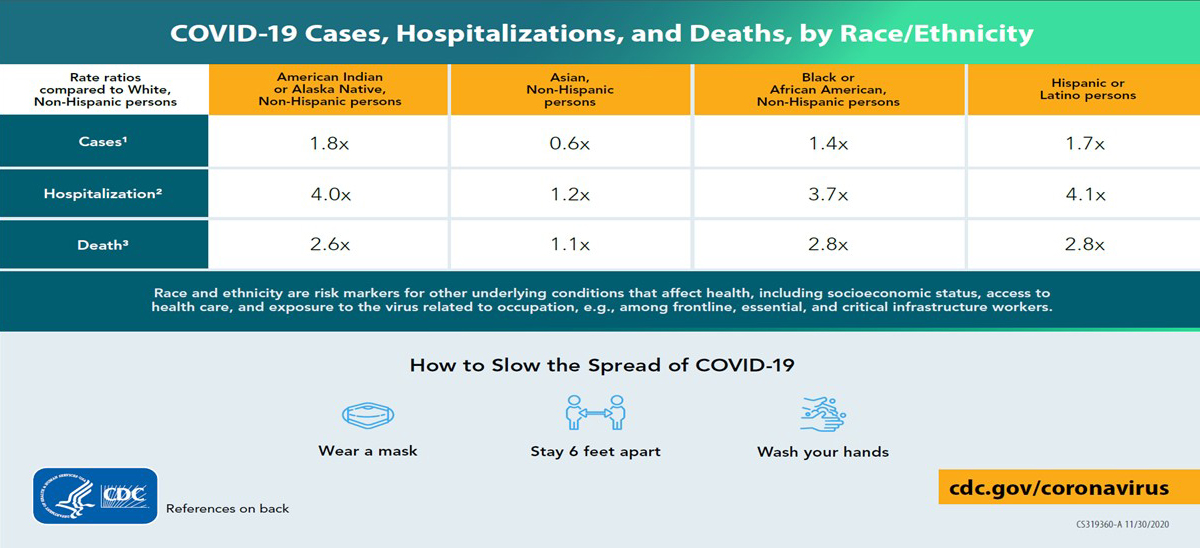As the CDC continues to promote the safety and efficacy of the COVID-19 vaccine, many Americans continue to be hesitant to receive the vaccine. While vaccine hesitancy spans all races, communities of color — particularly Black and Hispanic populations — may be more hesitant due to historical and recent incidents. In our ongoing series about vaccine hesitancy and communities of color, CommonSpirit Health’s Alisahah Cole, MD, System Vice President Innovation and Policy Population Health, shares insights on these very important concerns.
What unique concerns potentially contribute to vaccine hesitancy in communities of color?
AC: Since the beginning of American history, communities of color have faced mistreatment from the medical community. From the Tuskegee Syphilis Study and Henrietta Lacks to cadaver usage in medical schools, there has been a consistent profiteering off Black and Brown bodies for science advancement. Forced sterilization of women of color in this country was sanctioned by our government in some places well into the early 1980s, and there are current accusations of this occurring in some Immigration Detention Centers. Given this unfortunate history, we have to acknowledge the mistrust communities of color and vulnerable populations may have towards the medical community.
Specific to the COVID-19 vaccine, there are additional factors contributing to hesitancy in communities of color, including but not limited to the speed at which the vaccine came to the market and the low numbers of minorities enrolled in the clinical trials for the vaccine.
Why is it important to address vaccine hesitancy in communities of color?
AC: COVID-19 has disproportionately affected racial and ethnic minority groups, consistent with what we see in other disease states. We are seeing higher rates of hospitalizations and deaths in Black and Hispanic communities in multiple communities across the country. And these communities are also being affected more in other areas. For example, fewer minority children are getting their routine vaccines, and racial and ethnic minority groups have had higher job losses during the COVID-19 pandemic.
Since social justice is part of the CommonSpirit mission, how can we collectively make a difference in reducing vaccine hesitancy for communities of color?
AC: Three main areas where we can collectively make a difference include:
- Be willing to get uncomfortable and acknowledge the medical history that has created and continues to perpetuate health disparities.
- Recognize that the message is important, and sometimes, the messenger is more important when addressing minority communities.
- Commit to improving access for vulnerable populations related to the COVID-19 vaccine
EDITORIAL NOTE: A recent CommonSpirit employee survey of more than 4,100 employees revealed that 69% of Black respondents and 77% of Hispanic respondents indicated they have been vaccinated, are scheduled to be vaccinated or are “very likely” to get vaccinated. This is higher than recent studies from the Pew Research Center, which report that 42% of Black and 63% of Hispanic U.S. adults said they would get the COVID-19 vaccine. This is promising feedback, and we thank all employees for their courage and thoughtfulness in considering if they will choose to receive the COVID-19 vaccine.

